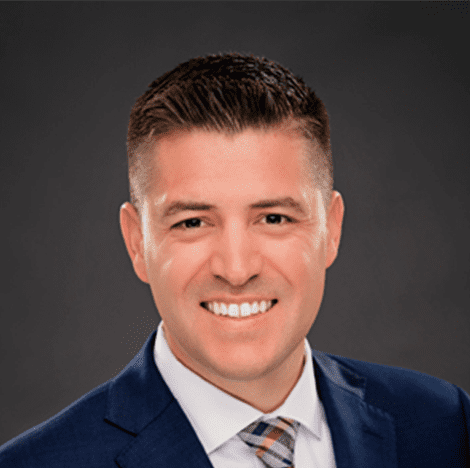Preserving market values with sound financial management and informed budgets is a critical task for any board of directors. It’s common for board members to wonder which reserve funding method is best; should they use cash flow or component funding? Properly planning out your Homeowners Association’s budget ensures that you’re prepared for significant repairs and expected expenses from natural disasters.
Unlike an underfunded reserve fund, well-funded reserves exemplify good financial stewardship on the board’s part, which increases lender confidence because they understand that asset replacements (and thus resale values) will be maintained and improved over time.
Buyers are attracted to communities with an appropriate funding level because they know that community asset replacements will be handled promptly, which will keep them and other homeowners within the community happy.
Reserve Funding Methods

Our clients often ask us which method is appropriate to establish a reserve fund for their community. There are two main reserve funding methods that you can consider using for your community, cash flow funding and straight-line funding.
Cash flow funding method
The cash flow method is a reserve funding method in which regular contributions are made to the reserve fund and used to offset expenses and special assessments.
Those utilizing the cash flow funding approach will add up the costs within a specific time period (like 30 years) then evenly divide the sum into each year of that period.
The cash flow method is also known as the cash flow analysis method or pooled method among reserve study professionals and HOA board members because it is based closely on the needs and limits of an HOA’s cash flow into the reserve fund.
The cash flow method allows HOA board members to adjust their funding goals as necessary and is more straightforward than the component method of reserve funding. With board member approval, funds within a pooled reserve fund can be used for other purposes as well.
One common pitfall encountered by those using the cash flow method is overspending. Because funds are pooled and aren’t designated to particular components, board members can unintentionally deplete their reserve fund if they are not prudent.
Component funding method
The component method (also known as the straight-line method) is a funding method in which separate accounts are established for each reserve asset and must be fully funded every year. The straight-line funding method is also known as the component reserve funding method because each account is designated to a particular asset or component and any funds within that account can only be used for uses related to that component.
Please note that we refer to the straight-line funding method as component method throughout our Proposal process.
The component method determines the balance for each component account based on the following factors like the remaining useful life of the component.
A significant advantage of the component method is the certainty that comes from designating accounts for each reserve component. Funds within a particular account cannot be used for any other purpose without the approval of a majority of the board members.
One of the biggest downsides to component funding is that funding for asset replacements can be delayed if the component account is underfunded. In this scenario, associations often take one of three actions:
- Delay the replacement or maintenance of the reserve item until the component account is fully funded again.
- Use a special assessment on members to gain the necessary funds for the component account.
- Vote on whether to move funds from another account to the underfunded account.
Cash flow or component funding for baseline funding?
Reserve study professionals and HOA boards often cash flow funding to determine a funding plan based on minimum reserve contributions. The cash flow method is ideal for baseline or threshold funding because reserve contributions tend to be lower than those calculated using the straight-line funding method. It’s worth noting that the cash flow method favors multi-year funding plans, which are best for organizations with long-term budgeting goals.
Reserve Funding Objectives

Funding goals are determined based on your risk tolerance and your community’s best interests on the best interests of your community.
Baseline funding
With baseline funding, the objective is to ensure that the balance for the reserve fund doesn’t decrease to below zero. Because there is very little room for flexibility, baseline funding can be risky because early or unexpected expenses can increase the chance that you’ll need a special assessment.
Threshold funding
Threshold funding involves setting the reserve contribution rate as needed to obtain the desired reserve balance within the specified time period. Associations often use threshold funding when they want to employ a percent-funded goal, rather than full funding or baseline funding. For example, a homeowner’s association may state its funding goal as wanting to achieve and maintain a minimum funding level of 70 percent.
Full Funding Method
With full funding, HOAs work to ensure that the reserve fund balance at the end of each year is equal to the deterioration value of the association at that time. Reserve contributions calculated to achieve a full funding objective are significantly higher than those made with a baseline funding goal.
Statutory Funding Goal
The statutory funding goal is utilized by associations when the reserve fund balance is largely determined by local or state regulations.
Need help with your reserve balance? We can help you!

At California Builder Services, our reserve study professionals provide associations with the guidance and support needed to achieve and maintain prudent reserve funds according to their needs and goals.
Reserve studies allow you to fund your reserve fund in a predictable and laser-focused way that achieves your funding goals. Rather than scrambling to cover an unexpected expense with special assessments, your community will be well-prepared to make decisions that are best for your members and your community’s financial future.








